Introduction to 7 Ways to Write More Effective Email
7 Ways to Write More Effective Email
This is an introduction to the series of posts on 7 Ways to Write More Effective Email which will follow over coming weeks.
The challenge with any form of written communication is to ensure that the reader is able to clearly understand your message. People often launch into writing an email without thinking about the result they're after. Effective communication is NOT simply sending an email message. It is ensuring that the same message which was sent has been not only received, but also clearly understood (and where relevant, an appropriate action also taken).
Communicating effectively via email is especially difficult due to the sense of urgency associated with this medium and the haste with which the reader will process your message. Here are two key points to remember when writing emails:
1: Write to suit the reader
While it may seem the writer is the more important person in the communication, it doesn’t matter how well the email message is written at the writer’s end if it is not easily (and quickly) understood at the reader’s end.
2: Take time at the front end
Writing an email that get attention, engage the reader, motivate them to take the action you want (and when you want it) takes more time, rather than less time!
This blog will unpack the following 7 Ways to Write More Effective Email in coming weeks;
Think first - What sort of messages and/or people should you NOT email?
Think first - Communicating in the Age of Speed
What is Your Desired Outcome (there are only 4)?
How to Write Better Subject Lines
Automate your Email Follow up
Why the Inverted Pyramid Structure is Best for Email
Why You Write an Email Backwards
Which one of these interests you the most?

